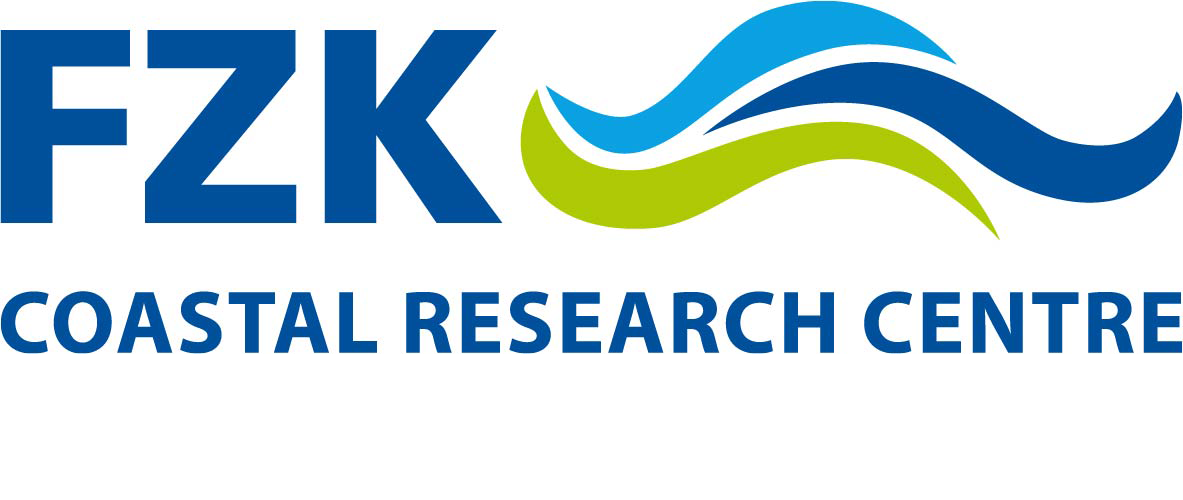Scour investigations underneath offshore gravity foundation during lowering

| Led by: | Dr.-Ing. Stefan Schimmels |
| E-Mail: | schimmels@fzk.uni-hannover.de |
| Team: | Dipl.-Ing. Matthias Kudella, Dipl.-Ing. Nannina Horstmann |
| Year: | 2011 |
| Remarks: | 5 weeks |
For the foundation of offshore structures like wind turbines or oil and gas platforms, gravity foundations are often favored due to their simplicity. Gravity foundations consist of a large, heavy base made of steel or concrete and filled with ballast material. The structures are usually constructed on land and transported by ships to their destination (either on the ship or as a floating body), where they are lowered to the sea floor. There are strong demands on the quality and evenness of the sea floor which in many cases require an additional graded layer of stones (rock blanket) on which the structure finally rests.
During the lowering of a gravity foundation, the transient motion of the structure is superimposed by oscillatory motions induced by the sea state. When the foundation structure approaches the seabed, the varying volume between the bottom side of the structure and the seabed will induce cyclic water flow underneath the foundation plate. Due to the large area of the base and the comparably small gap between the structure and the sea floor the induced flow velocities may reach significant values. These velocities may jeopardize the stability of the seabed or the rock blanket and lead to intolerable deformations, which may have a detrimental effect on the overall design of the structure.
The major objective of the present study is the investigation and quantification of rock blanket disturbance and scouring related to transient and oscillatory vertical motions of a gravity foundation during set down on the seabed. Although the actual sea state induced movement of the structure can have six degrees of freedom it is clearly the vertical motion having the largest impact. Large scale model tests of the lowering procedure of a square gravity foundation base were performed in the Large Wave Flume (Grosser Wellenkanal, GWK) of Forschungszentrum Küste (Hannover, Germany), see Figure 1 and 2.
